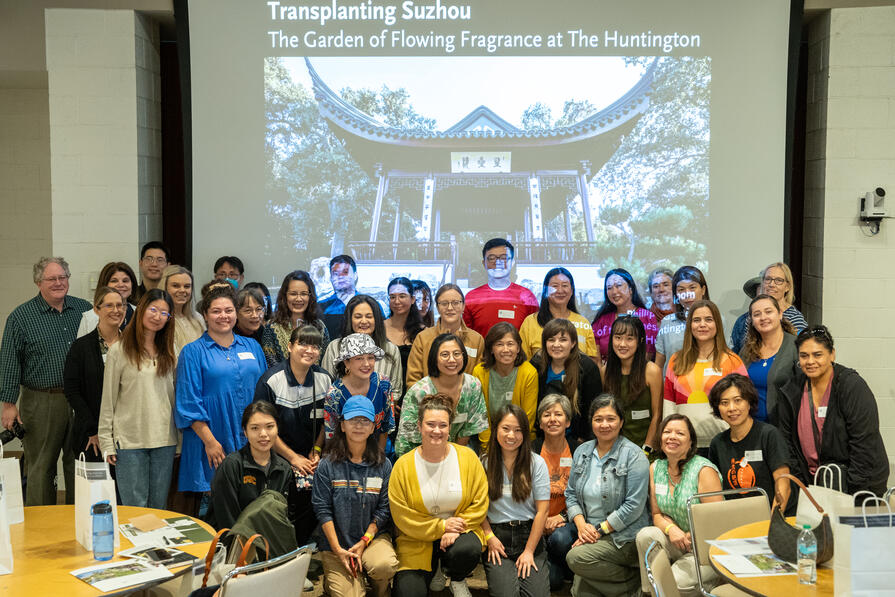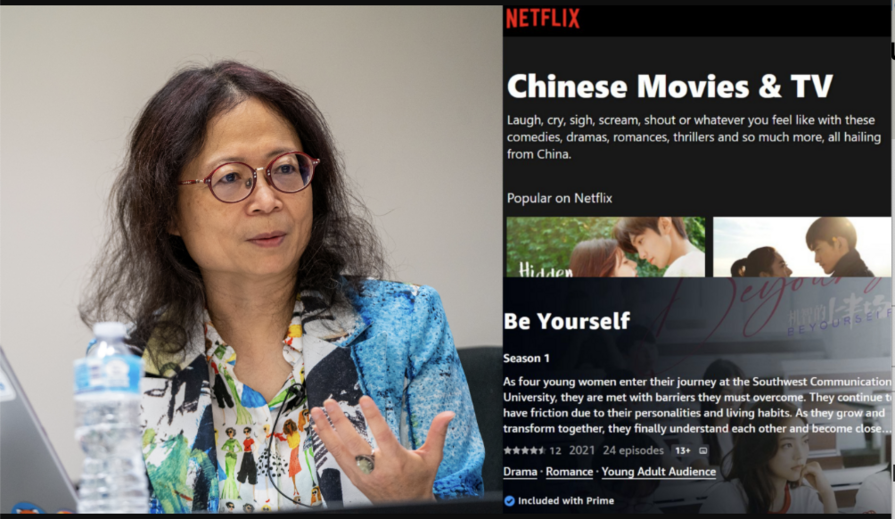By Sarah Kitchen
Originally published by the USC News Service on Aug. 30, 1993.
Researchers from USC and the Chinese Academy of Social Sciences (CASS) are putting the finishing touches on an extensive, three-year study of China's population that examines how the family economy affects a couple's decision to have children. Results of the survey could lead the Chinese government to amend its population policies.
In 1990, the United Nations Fund for Population Activities and the Chinese
government chose the USC Population Research Laboratory to work with CASS's Institute of Population Studies on the study. Central to the project was a nationwide, face-to-face survey of more than 10,000 heads of households living in China.
"This is the first time fertility in China has been researched by looking at the cost and benefit of children and the relationship between the household, the economy, the environment and fertility," said Tian Xueyuan, director of the Institute of Population Studies and deputy president of the Population Association of China.
"This project recognizes the relationship between the environment and population, the economy and population, pollution and population, the willingness or desire of a couple to have children and population, and the cost and profit of a child and population. By studying these data we can provide some suggestions for government policy regarding fertility and population," Tian said.
Tian and a team of CASS researchers spent this summer at the USC Population Research Laboratory analyzing the data along with USC sociology professors Maurice Van Arsdol and David Heer. Their initial findings will be made public in October.
One goal of the study is to obtain information that would help the Chinese
government shift population policies from executive decision making to individual choice, said Van Arsdol, who is director of the Population Research Laboratory.
But first, the Chinese officials want to gain a greater understanding of the
evolution of the Chinese family as it has been affected by economic reform, the open-door policy and the one- child population policy during the 1980s.
The USC-CASS study focuses on child costs and benefits and the relation of social security to fertility in China. Currently, because the government social security system is confined to urban areas, farmers rely on their sons for support after they retire.
"Intellectual benefits of this research will include increased knowledge of the Chinese condition regarding how population change may be related to environmental impacts, differences in child costs and utility under different conditions, reproductive history, knowledge of contraception, and son preference and fertility," Van Arsdol said.
A number of the recommendations to be presented to the Chinese government will focus on the concept of child quality stressing the value of a child who is well educated, in good health and who will eventually qualify for higher paying jobs.
"Demographers argue that an important way to deal with population growth is to promote the quality of the child. Governments can change social structures so the cost of a child rises along with the child's value," Van Arsdol explained.
In this way, he said, the government could emphasize investment in a child by spending more money on housing, education and health. As a result, productivity would increase, as would the income of the child's family.
However, Van Arsdol said, not all groups will be willing to go along with a new set of fertility regulations.
"What we are trying to do is learn how China can work within the context of its population, resources, food, environment and industrialization. No doubt there will be disagreement."
Van Arsdol argues that the Western media tend to ignore the role of fertility
reduction in the great advances the Chinese have made in reducing infant and maternal mortality.
"Americans need to understand there is not one monolithic policy controlled from above. The population controls are implemented in different ways in rural and urban areas, and there are some groups particularly minorities that are generally exempt from control.
"In fact, there is a high level of awareness about population control, largely
because the leaders in China have put their views in front of the country. We could learn a few things from China about the importance of being frank about such issues."
Currently population controls in China vary from each of the country's 30
provinces. For example, in rural areas the average family is allowed to have a second child provided their first child is a girl. The two exceptions to this rule are the southern Jiangsu province and the plain areas of Sichuan, where because economic development is more advanced the government is limiting couples to only one child. Residents of China's urban areas are also limited to one child per couple.
Tian maintains some form of population control must exist in China. In 1990, China carried out its fourth population census which concluded that the country is set to experience another baby boom before 1997.
"The population born between 1962 and 1973, of which more than 150 million were female, are now in the reproductive years," Tian said. Currently, China's population tops 1.17 billion.
"A clear strategic principle is needed when facing the tendencies of baby boom, a drastic increase of the working age population and the population aging," Tian said.
Tian also intends to submit proposals suggesting the government establish a security system for China's elderly By 2040, more than 17 percent of the population will be 65 and older.
"We should develop social support vigorously, advocate support from the children as we have done before and organize adequate self-support activities for the aged in order to develop an old-age security system based on the trinity of social, family and self-support," Tian said.



